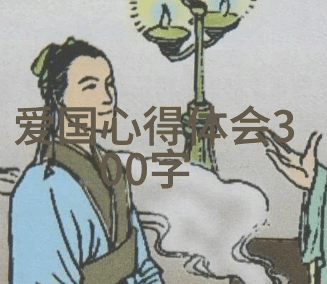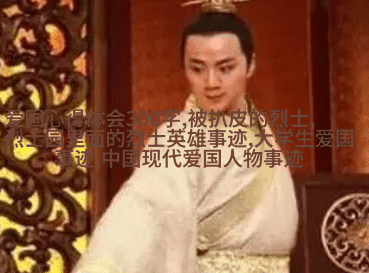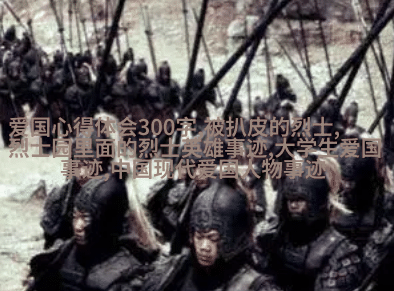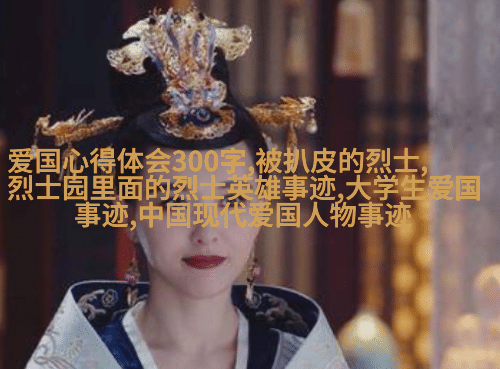The Rise of the Ming Dynasty: From Turmoil to Prosperity

The Ming dynasty, which lasted from 1368 to 1644, is often regarded as one of the most glorious periods in Chinese history. Established by Zhu Yuanzhang, a former Buddhist monk who rose up against the Mongol-led Yuan dynasty, the Ming court brought an end to foreign rule and restored Han Chinese dominance over China. During its reign, the Ming government implemented a series of reforms aimed at stabilizing society and promoting economic growth.
The Cultural Renaissance: Literature, Art & Architecture

Under the patronage of emperors such as Yongle and Xuande, there was a cultural renaissance during which literature flourished with works like "Journey to the West" and "The Plum in Full Blossom." Calligraphy became more refined with artists like Wu Wenying while painting reached new heights through masters like Shen Zhou and Qi Baishi. The Forbidden City's construction epitomized architectural excellence.
Foreign Relations & Maritime Exploration

During this period, China established diplomatic relations with neighboring countries such as Korea and Japan while also maintaining trade connections across Southeast Asia through maritime expeditions led by Admiral Zheng He between 1405-1433 CE.
Decline & Fall: Corruption & Foreign Invasions

However, towards the end of its reign corruption within government ranks intensified; excessive taxation on peasants further exacerbated social unrest leading to peasant uprisings such as Li Zicheng's rebellion that weakened central authority paving way for Manchu invasions from northern regions culminating in conquest under Qing dynasty founder Nurhaci's grandson Dorgon.
Legacy: A Lasting Impact on Modern China

Despite its downfall in 1644 CE following decades of turmoil caused by internal strife including factionalism among eunuchs within imperial court coupled with external threats from multiple directions (Mongols from north-eastern territories), yet it left behind indelible marks shaping modern-day China—its Confucian moral code still influences education system today; administrative structures set precedents for governance principles practiced worldwide; artistic achievements continue inspiring contemporary creators globally making clear that despite many challenges faced throughout centuries long history spanning over three hundred years ago remains influential even now in our world today
